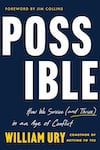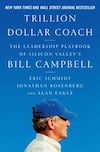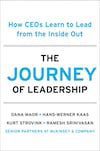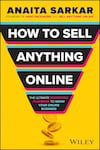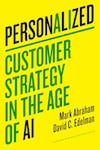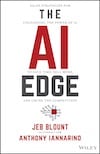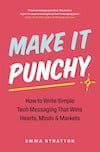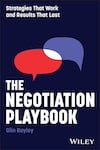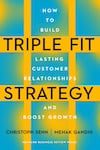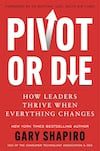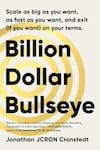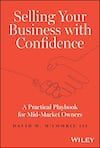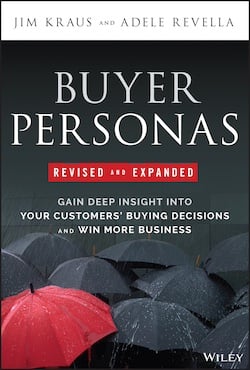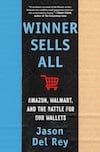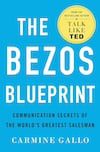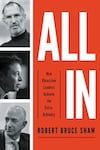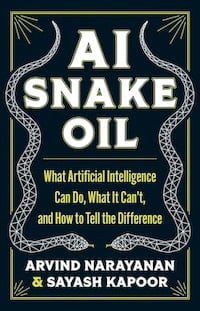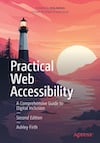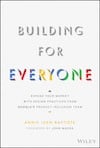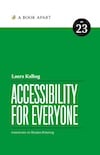9 Books to Strengthen Cybersecurity
Cybersecurity threats are nonstop. This curated selection of recent books offers perspectives from cybersecurity experts, covering everything from the psychology of cyber attackers to practical defense strategies.
Understand the Cyber Attacker Mindset
by Sarah Armstrong-Smith
Armstrong-Smith is Microsoft’s chief security advisor and a sought-after speaker. In this book, she bridges the gap between technology and psychology by focusing on the human aspects of cybersecurity, including the types of attackers and their motivations and methods. The author draws on interviews with ex-criminals, the advice of top experts, and a wide range of case studies to demonstrate why the human element in cybersecurity is more important than ever.
The AI Revolution in Networking, Cybersecurity, and Emerging Technologies
by Omar Santos, Samer Salam, and Hazim Dashir
Artificial intelligence is affecting seemingly every aspect of business, and cybersecurity is no exception. The authors, all executives at Cisco, provide an overview of how AI can help identify and resolve network security threats, explaining both its theory and application. They offer a comprehensive guide to guarding against potential security and privacy pitfalls, security monitoring and alerting, and modernizing and fortifying operations.
Hacking and Security
by Michael Kofler, Klaus Gebeshuber, Frank Neugeberger, and others
A team of German experts explains essential security techniques for various infrastructures, including Linux, Microsoft, mobile, cloud, and the internet of things. The book covers identifying system vulnerabilities and possible attack vectors and offers step-by-step instructions for withstanding security attacks.
Practical Cybersecurity
by Nicholas Marsh
With a focus on practical strategies and real-world examples, Marsh draws on his experience in small, medium, and large enterprises in multiple industries. The book addresses practices, policies, and products that can help increase network security and reduce risks, explaining both the “why” and the “how” of more than 250 cybersecurity best practices.
Cybersecurity Myths and Misconceptions
by Eugene Spafford, Leigh Metcalf, and Josiah Dykstra
Three leading cybersecurity experts go beyond common tactics to demystify false ideas and faulty assumptions that can undermine security efforts. The book offers tips for recognizing and avoiding 175 frequent misconceptions shared by users, leaders, and cybersecurity professionals.
Cybersecurity All-in-One For Dummies
by Joseph Steinberg, Kevin Beaver, Ira Winkler, and Ted Coombs
Steinberg, a top global cybersecurity influencer, combines into one volume six “For Dummies” books: “Grasping Cybersecurity Basics,” “Enhancing Personal Cybersecurity,” “Safeguarding a Business,” “Securing the Cloud,” “Testing Your Security,” and “Enhancing Cybersecurity Awareness.” The result is a one-stop reference for smart security decisions.
Firewalls Don’t Stop Dragons, 5th ed.
by Carey Parker
Writing with minimal jargon for laypeople, Parker offers simple, effective precautions everyone should take in the virtual world. The book offers straightforward explanations, with a checklist in each chapter of expert tips, step-by-step instructions, and screenshots.
Managing Risks in Digital Transformation
by Ashish Kumar, Shashank Kumar, and Abbas Kudrati
Practical examples, case studies, and eye-opening stats highlight digital threats that could affect a business’s reputation and bottom line. Focusing on new and emerging risks, the book offers tips for navigating the ever-evolving risk and compliance landscape. It provides a roadmap of the risk mitigation process for business owners, technology leaders, and cybersecurity professionals.
Hacked
by Jessica Barker
Barker, a top cyber security advisor to the U.K. government, explains the tactics and technologies hackers use and offers common-sense solutions to safeguard yourself and your business in a world where everyone is a potential cyber-attack victim. The book includes commentary from experts and stories of real-world attacks, showing how to safeguard and respond if you’ve been targeted.














